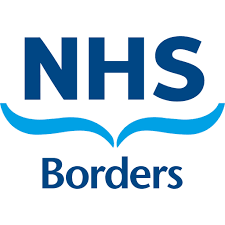Screen for gestational diabetes with:
- a HbA1C at booking (normal is less than 6.0%=42 mmol/mol)
- and, an OGTT at 24-28 weeks
Consultant led booking and care for those with a BMI over 40.
Potential points to discuss are increased chance of pre-eclampsia, gestational diabetes, venous thrombo-embolism, induction, cesarean, anaesthetic complications, IUGR

